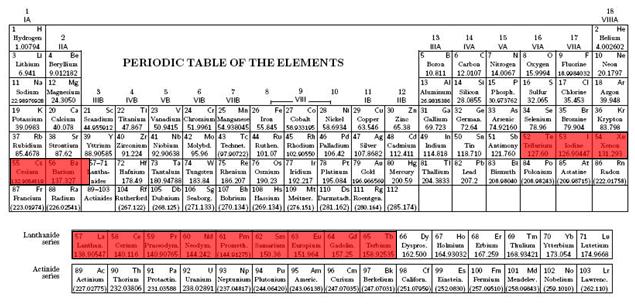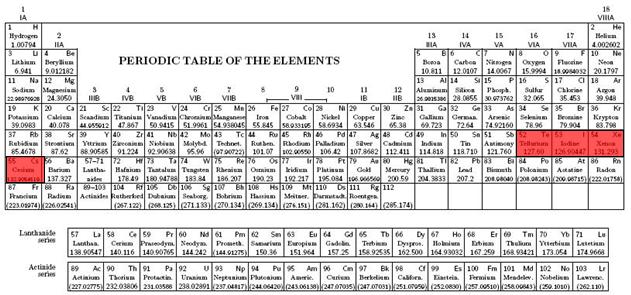To avoid that kind of trouble you may make the choice of avoiding altogether to mention the funny unit, implicitly equating a GeV to a proton mass. This causes you to end up making statements like "The LHC produces collisions at an energy corresponding to 7000 proton masses", or something similar. The escamotage is effective, but imprecise -a proton only weighs 0.938 GeV, which is over six percent less than a full GeV. And six percent may or may not be relevant to the statements you make. If you do not want to live with that you need to make a correction on the fly, or change system.
A nice, although somewhat problem-specific, solution to the above outreach issue has been concocted by Adrian Buzatu. A post-doc for Glasgow University, where he works at a competitor experiment, ATLAS, but collaborates with me by being a colleague in the CDF experiment, Adrian is also a science writer for a Romanian magazine, EVZ. Wanting to explain the progress made by the LHC experiments in constraining the allowed range of masses of the Standard Model Higgs boson from last summer's results to the most recent ones, Adrian compared the tentative Higgs mass values to the masses of heavy atoms. He thus came out with two sets of periodic tables of elements, with elements compatible with Higgs masses not yet excluded by direct searches highlighted in red.
The Summer 2011 situation saw many elements of the table still compatible with experimental searches for the Higgs boson: these correspond to the mass range 114.4 GeV - 149 GeV, the one where the Higgs production hypothesis had not yet been disfavoured at 95% confidence level.

However, the latest results show a dramatic narrowing down of the masses which are not disfavoured at 95% confidence level:

I think this is a quite nice visualization of the progress made by ATLAS and CMS. For the original article by Adrian (in Romanian) see here.




Comments